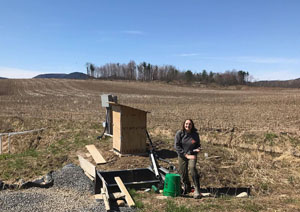
Chazy, N.Y.; December 5, 2019. Leanna Thalmann of Chazy, N.Y, earned nationally-recognized First Place honors for her poster presentation on the water quality research funded by the Northern New York Agricultural Development Program (NNYADP) at the joint annual meeting of the American Society of Agronomy, the Crop Science Society of America, and the Soil Science Society of America in November 2019 in San Antonio, TX.
Thalmann, a University of Vermont soil science graduate student, has been involved with data collection and analysis as part of the William H. Miner Agricultural Research Institute team conducting the NNYADP-funded water quality research. Thiwork plays a key role in building the data-driven science needed to accurately guide water quality conservation for New York State and beyond.
The NNYADP water quality project results to-date have been requested for presentation by the Lake Champlain Basin Program and other groups in New York and Vermont, the Southeast Extension and Research Activity Information Exchange, the USDA Natural Resources Conservation Service, and interested groups in Canada.
Thalmann has been collecting data continuously since September 2018, measuring the amount of surface runoff and tile drainage from on-farm fields and trial sites, and analyzing water samples for phosphorus and nitrogen content. This data allows for a better understanding of how farming practices, extreme weather, and landscape interact to impact the fields’ nutrient budgets and local water quality.
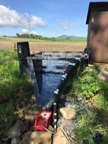
The data being collected by Thalmann is helping to build the foundation of a knowledge base to support water and soil conservation while maintaining the viability of farming communities.
“Leanna’s work and this honor certainly supports the importance of the Northern New York Agricultural Development Program-funded water quality science research not only locally in the Lake Champlain basin area and to all of New York state, but on a national level as well,” said Katie Ballard, Director of Research at Miner Institute.
“I was impressed by how much feedback I received all through the two-hour poster presentation in Texas, not only from people from New York and other states but from scientists attending the conference from as far away as Denmark,” Thalmann noted.
Thalmann, who is working toward her Master’s Degree in Plant and Soil Science, was selected for First Place from among 20 students making presentations in the Soil & Water Management & Conservation division at the international conference.
Her role with the NNYADP water quality project has influenced Thalmann’s future plans.
“Being involved with this Northern New York project that is so important to the Lake Champlain basin and is the leading research of its kind for New York and the Northeast has inspired me to continue on in the environmental water quality field once I complete my degree,” said Thalmann, a native of Patchogue, N.Y.
Miner Institute Nutrient Management Researcher Laura Klaiber serves as the NNYADP water quality project leader. Year-to-year results of the project are posted at www.nnyagdev.org.
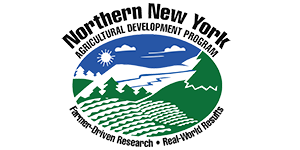
Funding for the Northern New York Agricultural Development Program is supported by the New York State Legislature and administered by the New York State Department of Agriculture and Markets.
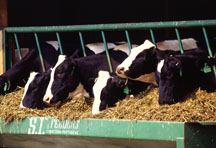
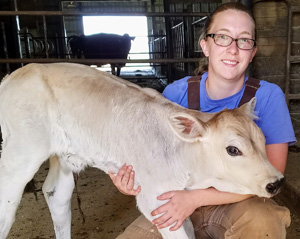
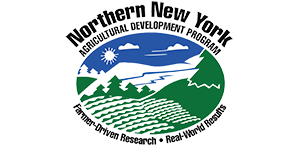
 Do your forages meet the requirements of your cows or calves over the winter? Learn about computerized ration analyzers at any of these meetings in Northern New York with Dr. Mike Baker, Cornell University Beef Extension Specialist. Bring your laptop and get help to set it up. If you do not have a forage analysis done, discuss hay corer and instructions. Call your local site for more details.
Do your forages meet the requirements of your cows or calves over the winter? Learn about computerized ration analyzers at any of these meetings in Northern New York with Dr. Mike Baker, Cornell University Beef Extension Specialist. Bring your laptop and get help to set it up. If you do not have a forage analysis done, discuss hay corer and instructions. Call your local site for more details.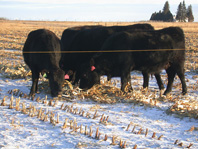
 November 5-December 10, 2019
November 5-December 10, 2019